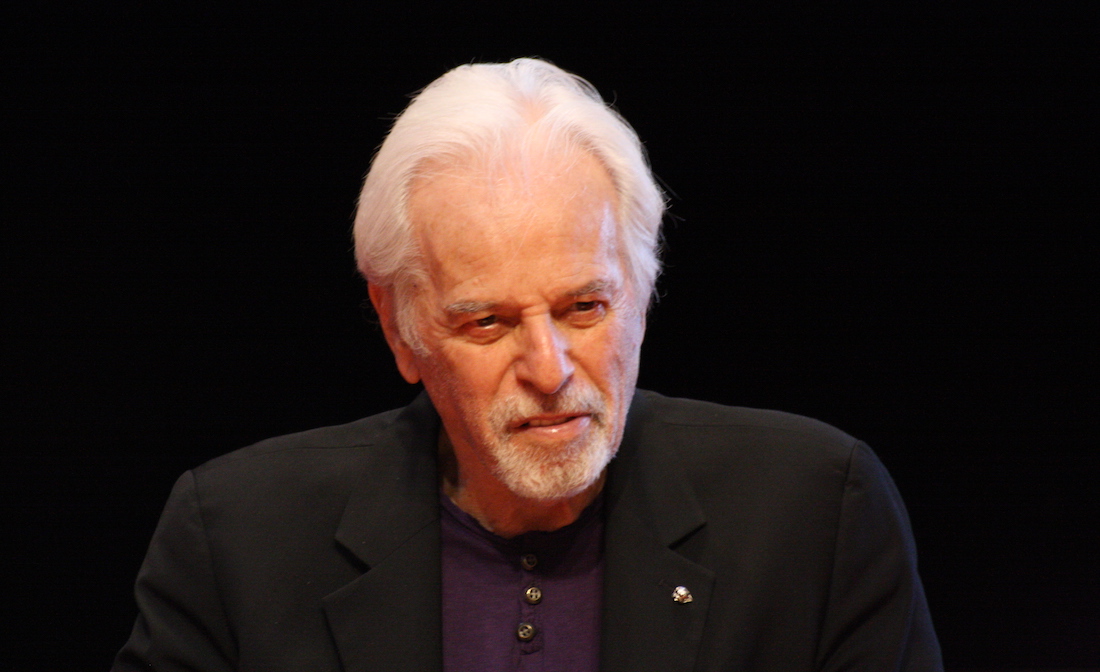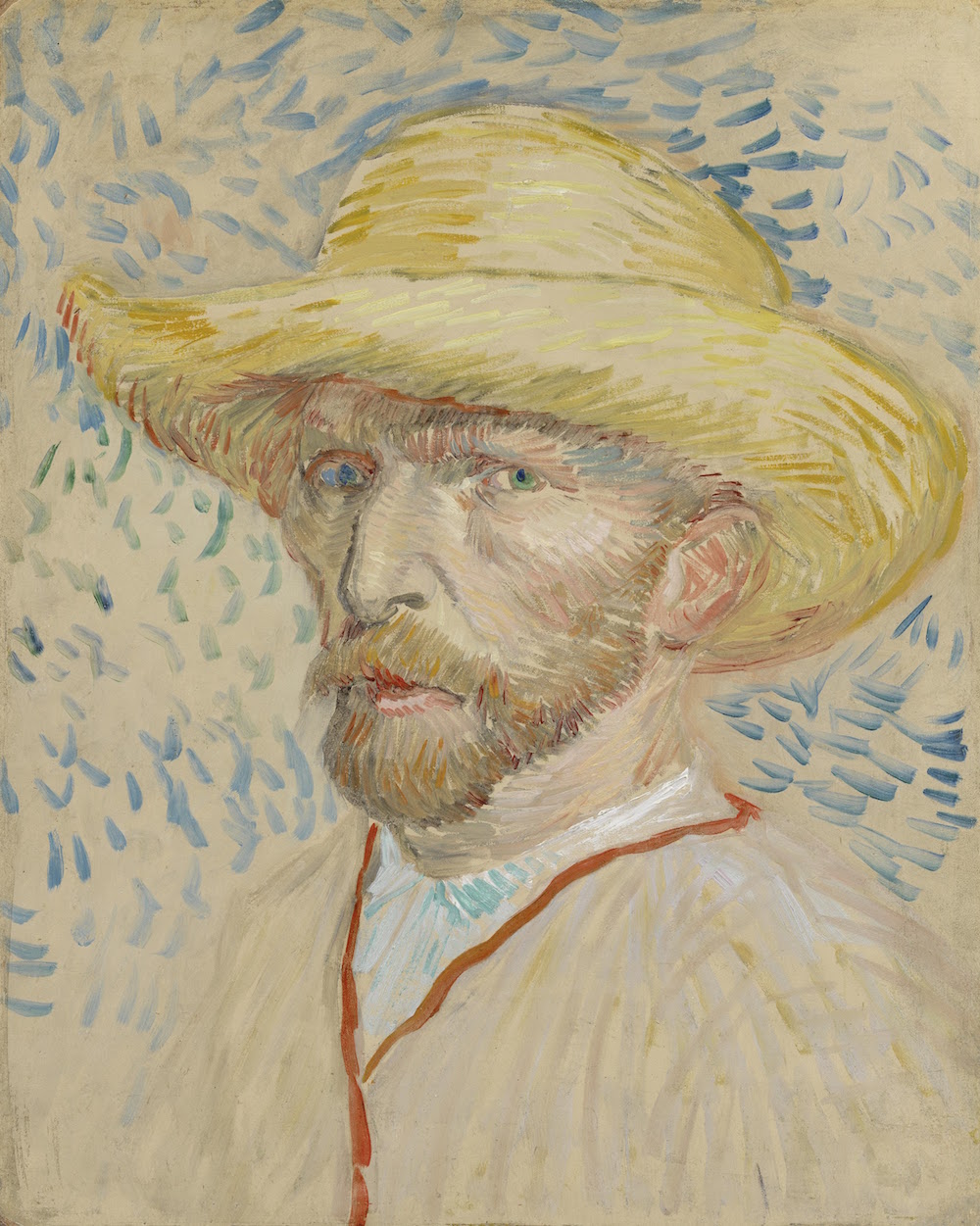“What do you do when you change how the world thinks of cinema? What’s next? Do you keep making the same kind of film? If you’re a person like Rossellini, you try something experimental. You push further. Not experimental for experiment’s sake, but you push the boundaries further.” With these words, Martin Scorsese describes the situation of Roberto Rossellini, one of his predecessors in filmmaking he most admires, after completing Paisan in 1946. Where to take the movement “Italian neorealism” from there?
Scorsese discusses Rossellini’s next three major films, Stromboli, Europe ’51, and Journey to Italy in this Conversations Inside the Criterion Collection interview clip from Vice. Given his possession of an enthusiasm for cinema as strong as his mastery of the craft of cinema (making him a predecessor of such younger American indie-rooted cinephile-auteurs as Quentin Tarantino and Wes Anderson), it makes sense that Scorsese would want to engage with the Criterion Collection, whose painstakingly-produced video releases of respected films have for decades constituted a kind of film school, informal yet rich and rigorous.
When Criterion, whose catalog includes Scorsese’s own The Last Temptation of Christ, asked the director to name his ten favorite films in the Collection, he began with a paean to Paisan. (Note: You can watch Paisan for free if you start a free trial with Hulu. Also watch Fellini’s 8 1/2–listed below–free on Hulu here.) “I saw it for the first time on television with my grandparents, and their overwhelming reaction to what had happened to their homeland since they left at the turn of the century was just as present and vivid for me as the images and the characters,” he said. “I was experiencing the power of cinema itself, in this case made far beyond Hollywood, under extremely tough conditions and with inferior equipment. And I was also seeing that cinema wasn’t just about the movie itself but the relationship between the movie and its audience.”
Here are Scorsese’s nine other Criterion selections:
- The Red Shoes (Michael Powell and Emeric Pressburger) “There’s no other picture that dramatizes and visualizes the overwhelming obsession of art, the way it can take over your life. But on a deeper level, in the movement and energy of the filmmaking itself, is a deep and abiding love of art, a belief in art as a genuinely transcendent state.”
- The River (Jean Renoir) “This was Jean Renoir’s first picture after his American period, his first in color, and he used Rumer Godden’s autobiographical novel to create a film that is, really, about life, a film without a real story that is all about the rhythm of existence, the cycles of birth and death and regeneration, and the transitory beauty of the world.”
- Ugetsu (Kenji Mizoguchi) “The boat slowly materializing from out of the mist and coming toward us… Genjuro collapsing on the grass in ecstasy and being smothered by Lady Wakasa… the final crane up from the son making an offering at his mother’s grave to the fields beyond. Just to think of these moments now fills me with awe and wonder.”
- Ashes and Diamonds (Andrzej Wada) “I saw Ashes and Diamonds for the first time in 1961. And even back then, during that period when we expected to be astonished at the movies, when things were happening all over the world, it shocked me. It had to do with the look, both immediate and haunted, like a nightmare that won’t stop unfolding.”
- L’avventura (Michelangelo Antonioni) “It’s difficult to think of a film that has a more powerful understanding of the way that people are bound to the world around them, by what they see and touch and taste and hear. I realize that L’avventura is supposed to be about characters who are ‘alienated’ from their surroundings, but that word has been used so often to describe this film and Antonioni’s films in general that it more or less shuts down thought.”
- Salvatore Giuliano (Francesco Rosi) “On one level, it’s an extremely complex film: there’s no central protagonist (Giuliano himself is not a character but a figure around which the action pivots), and it shifts between time frames and points of view. But it’s also a picture made from the inside, from a profound and lasting love and understanding of Sicily and its people and the treachery and corruption they’ve had to endure.”
- 8 1/2 (Federico Fellini) “8½ has always been a touchstone for me, in so many ways—the freedom, the sense of invention, the underlying rigor and the deep core of longing, the bewitching, physical pull of the camera movements and the compositions (another great black-and-white film: every image gleams like a pearl — again, shot by Gianni Di Venanzo). But it also offers an uncanny portrait of being the artist of the moment, trying to tune out all the pressure and the criticism and the adulation and the requests and the advice, and find the space and the calm to simply listen to oneself.”
- Contempt (Jean-Luc Godard) “It’s a shattering portrait of a marriage going wrong, and it cuts very deep, especially during the lengthy and justifiably famous scene between Piccoli and Bardot in their apartment: even if you don’t know that Godard’s own marriage to Anna Karina was coming apart at the time, you can feel it in the action, the movement of the scenes, the interactions that stretch out so painfully but majestically, like a piece of tragic music.”
- The Leopard (Luchino Visconti) “Time itself is the protagonist of The Leopard: the cosmic scale of time, of centuries and epochs, on which the prince muses; Sicilian time, in which days and nights stretch to infinity; and aristocratic time, in which nothing is ever rushed and everything happens just as it should happen, as it has always happened.”
For Scorsese’s full commentary on all ten of these pictures, see the article on Criterion’s site. The directors of his favorite Criterion Collection films all changed how the world thinks of cinema in one way or another, at different times, in different places, and in different ways. Scorsese, too, has changed how the world thinks of cinema, arguably more than once in his career — and given his penchant for trying new things, avoiding that treadmill where you “keep making the same film,” he may well make another movie that changes it again. And if he does, here’s another important question: what special features will Criterion include when they put out their deluxe edition?
Related Content:
Free on Hulu: Stream Fellini’s 8 1/2, La Strada & Other Classic & Contemporary Films
Martin Scorsese Reveals His 12 Favorite Movies (and Writes a New Essay on Film Preservation)
Martin Scorsese Makes a List of 85 Films Every Aspiring Filmmaker Needs to See
Martin Scorsese Introduces Filmmaker Hong Sangsoo, “The Woody Allen of Korea”
Martin Scorsese Creates a List of 39 Essential Foreign Films for a Young Filmmaker
Martin Scorsese Names the 11 Scariest Horror Films: Kubrick, Hitchcock, Tourneur & More
Based in Seoul, Colin Marshall writes and broadcasts on cities, language, and style. He’s at work on a book about Los Angeles, A Los Angeles Primer, the video series The City in Cinema, the crowdfunded journalism project Where Is the City of the Future?, and the Los Angeles Review of Books’ Korea Blog. Follow him on Twitter at @colinmarshall or on Facebook.







